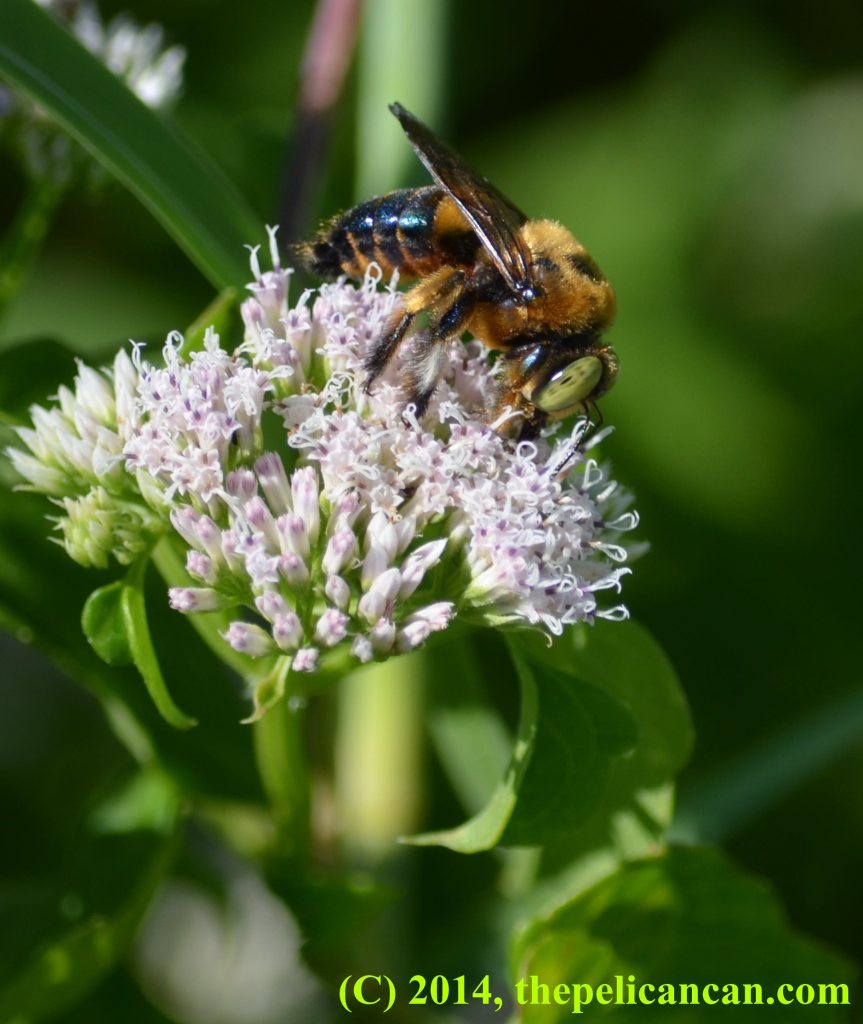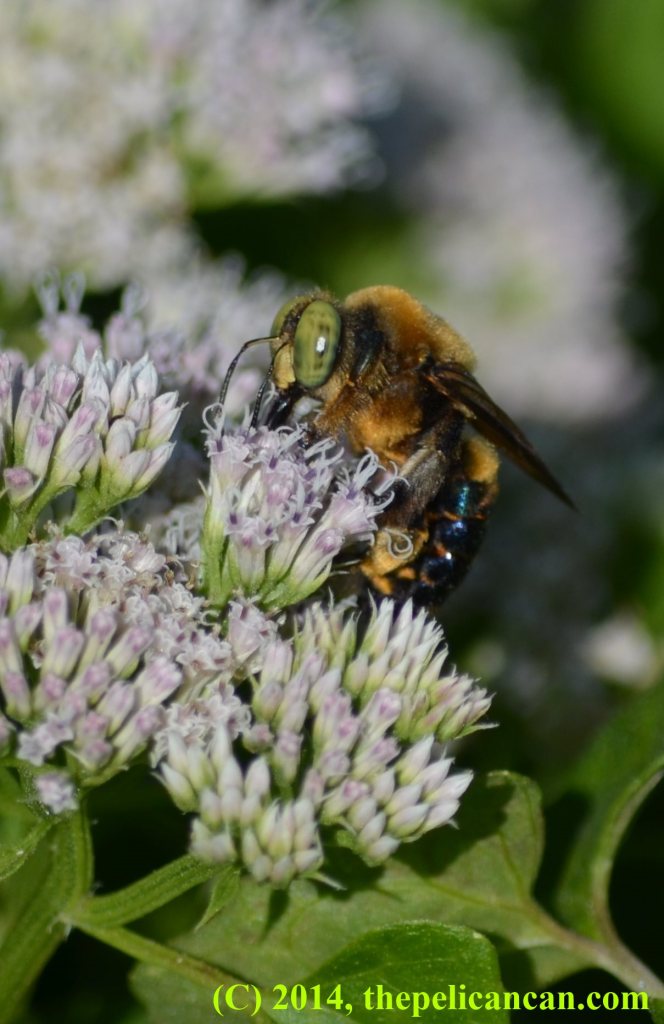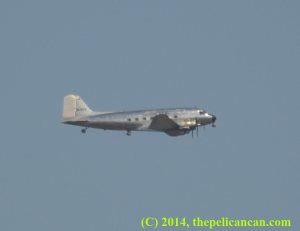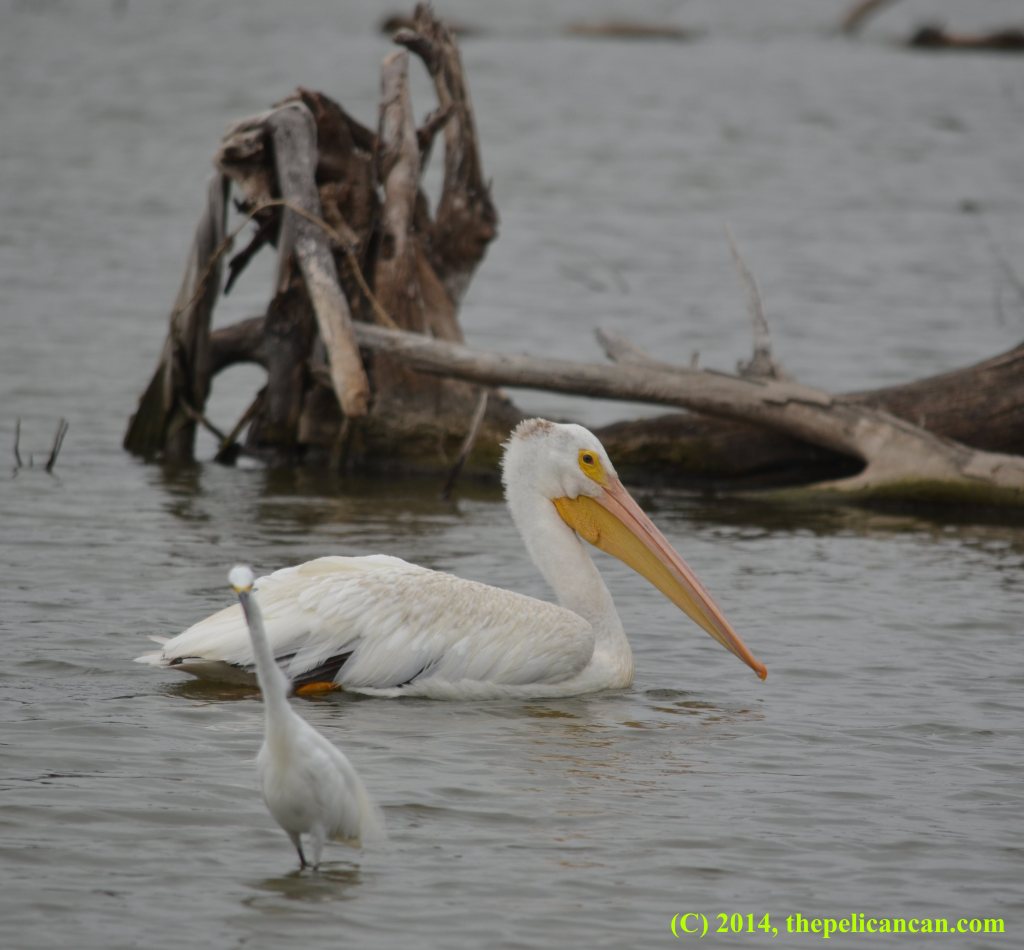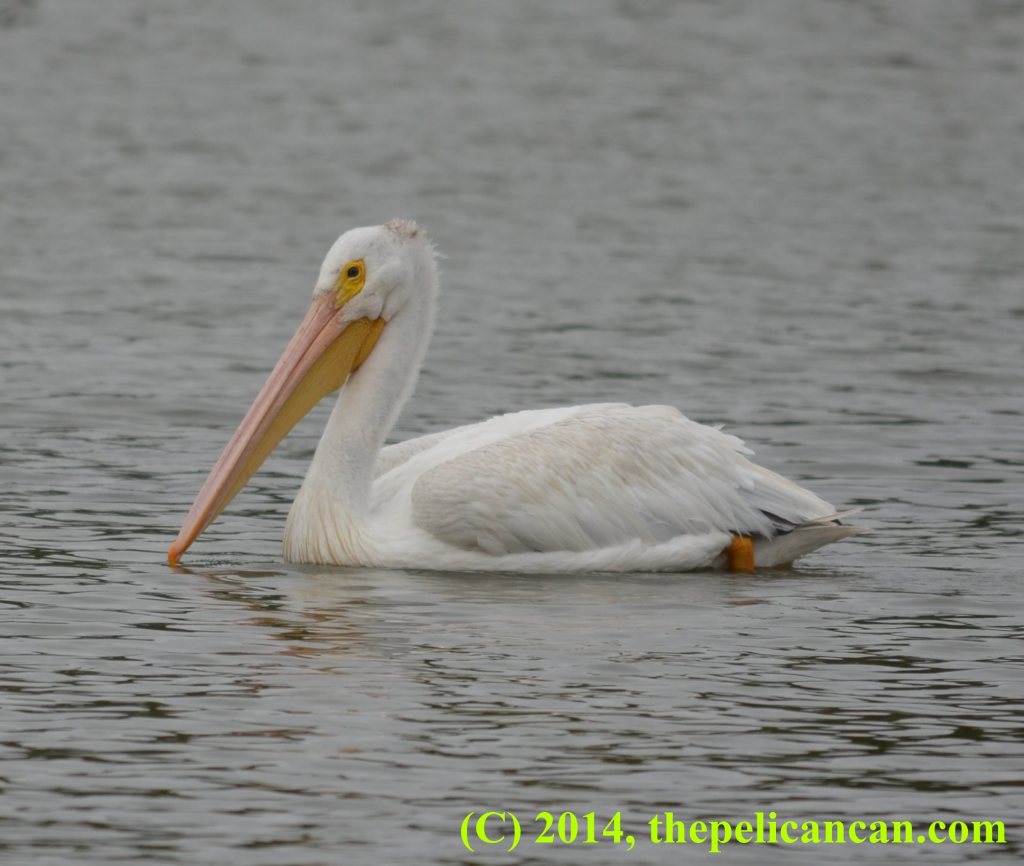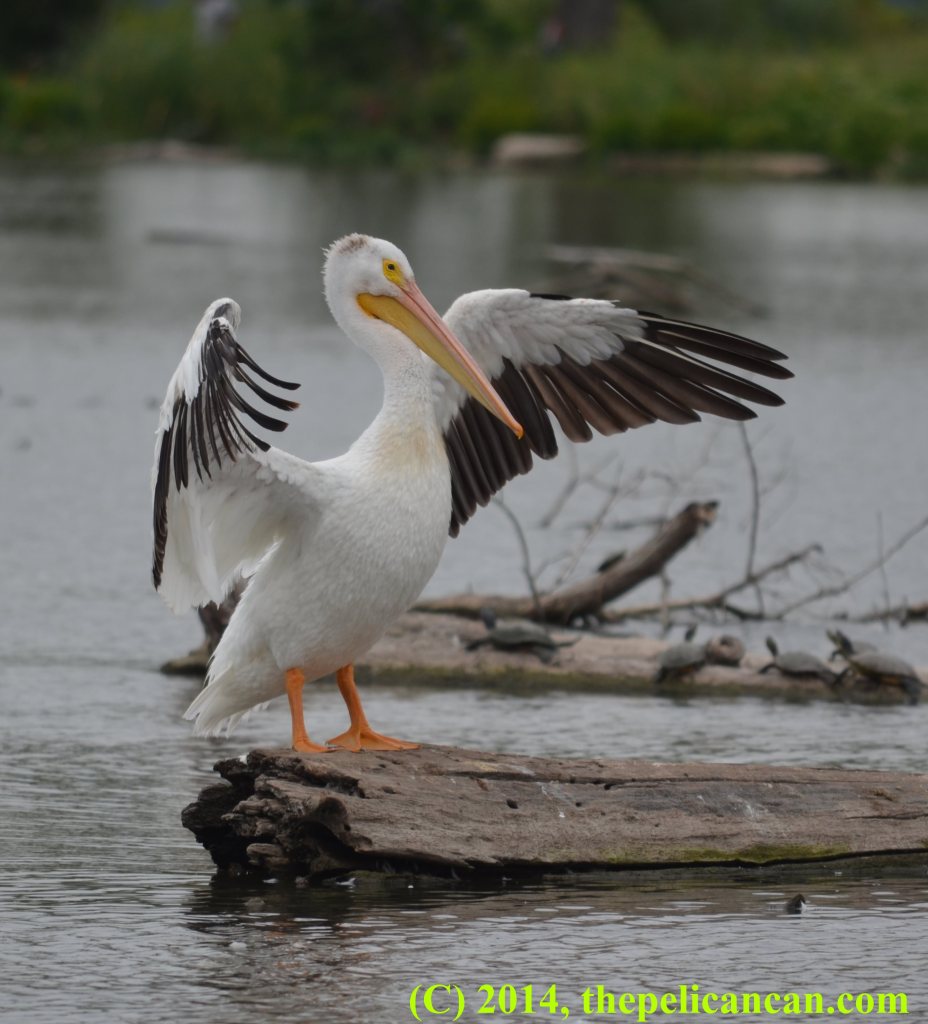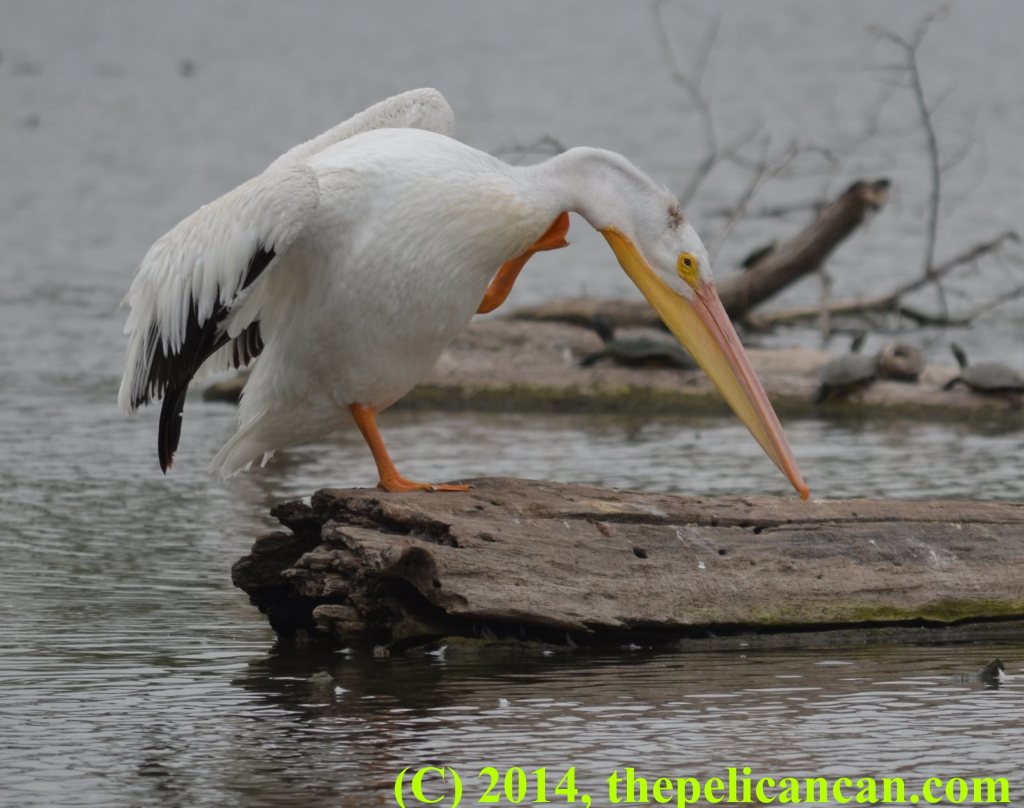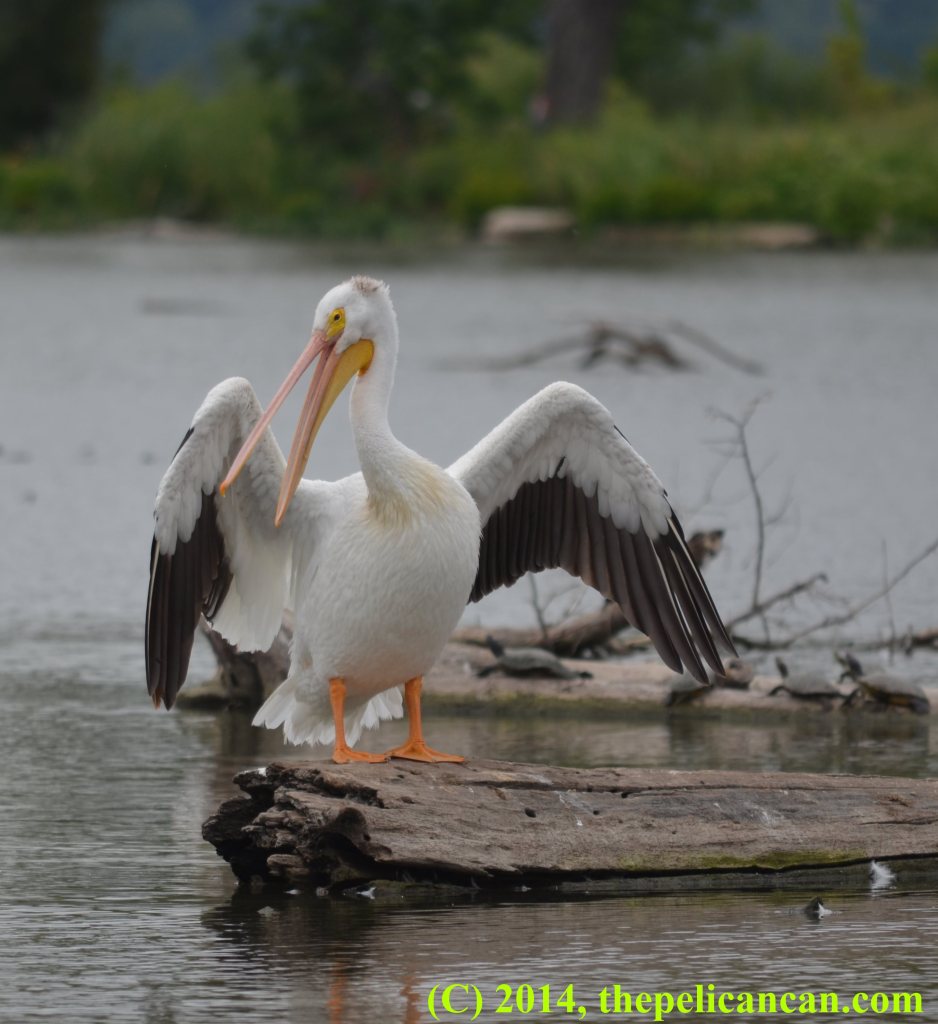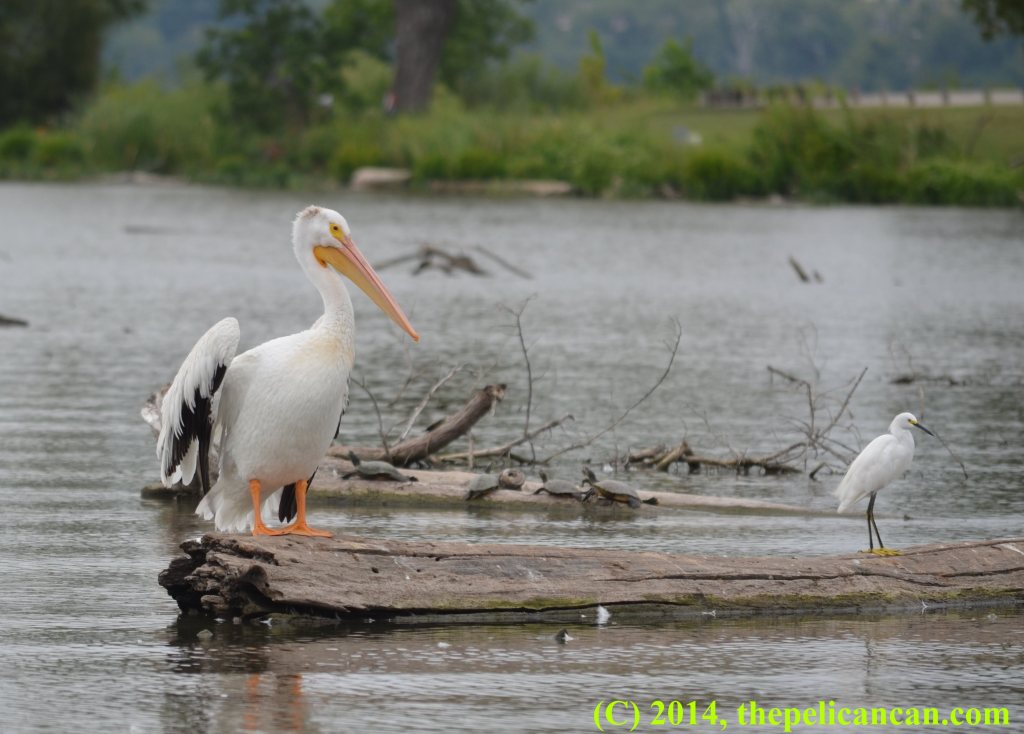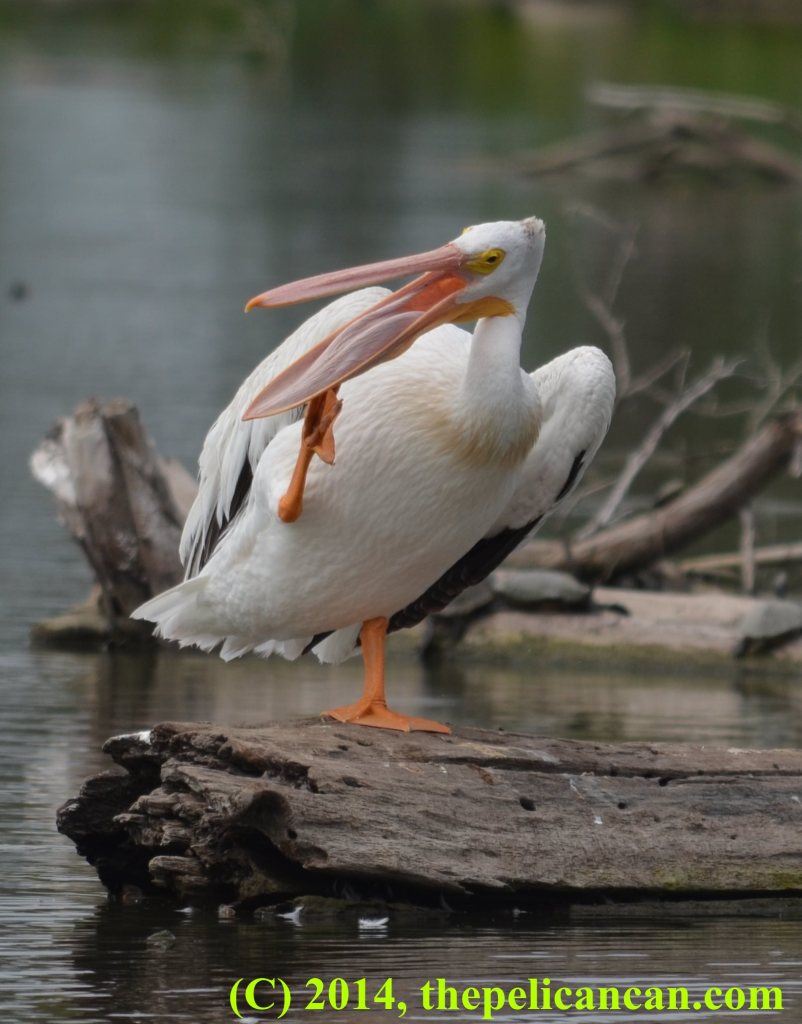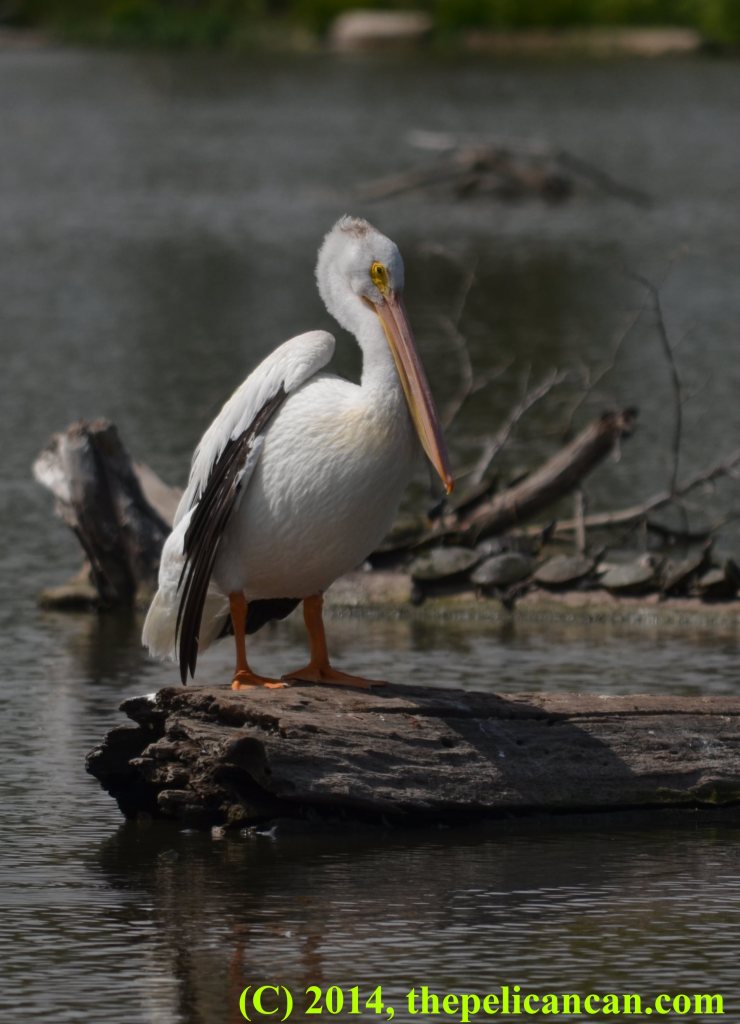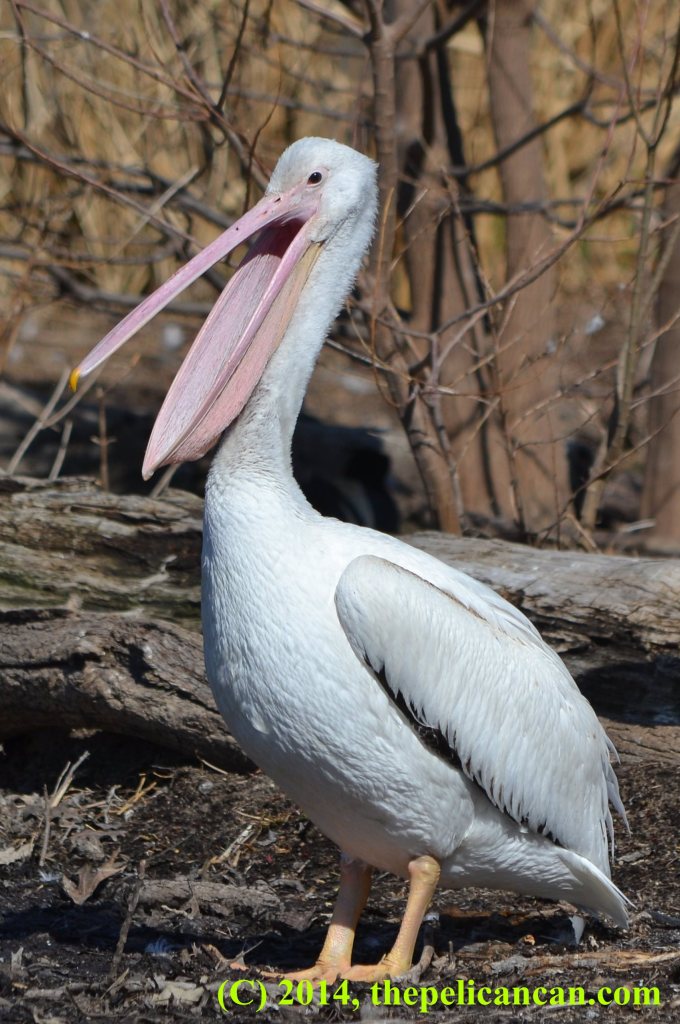Early last week a bald eagle was sighted at Sunset Bay. She was first observed in the morning on one of the far-away logs that the pelicans favor. She sat out there for a couple of hours before she flew away.
Bald eagles are rare visitors to White Rock Lake. They have only been seen a few times in the past several years, so everyone was excited about the sighting.
Last Wednesday, the 24th, I went out to Sunset Bay to see Mister Mary Mack, my goose friend. I wasn’t thinking of the bald eagle until I walked to the dock and was stopped by two people who said they’d seen a pic of the bald eagle going around and asked where they could see the bird.
I told them that the bald eagle had only been seen the week before for a few hours, and I said that bald eagle sightings at the lake were very uncommon because the birds didn’t stay, just flew overhead or paused before resuming their travels. That sighting was a one-time type of thing, I said.
Ten minutes later a bald eagle flew overhead.
I had been sitting in the shade with Mister Mary Mack when I saw what I thought was a hawk flying over the waters of Sunset Bay. I was slow to get on my feet and get my camera ready because I wasn’t sure if I wanted to take a pic; the hawk was flying extremely high, and taking a blurry, tiny pic wasn’t appealing. As I got ready to photograph the hawk I thought of how BIG she seemed. Then I noticed the white tail. Not a hawk but an eagle! She was only briefly visible and seemed to disappear in the direction of Emerald Isle. She was grasping a fish in her claws; it wasn’t until I looked closely that I realized how large the fish must have been. Eagles are huge birds, and the fish was long enough that it extended well past her legs.
I went back out to the dock a little while later and ran into a birder who had just arrived and hadn’t seen the eagle. He filled me in: apparently the eagle had been seen off and on since the initial two-hour sighting. It wasn’t just passing through.
The bald eagle wasn’t my first sighting; I’d seen plenty when I lived in Florida. It wasn’t even my first Texas sighting; Q and I had seen one on our first trip to the Richland Creek Wildlife Management Area. But there was something thrilling about seeing that bird at the lake where I spend so much time and thus seems ordinary to me.
Now I hope to see an osprey. I used to see them all the time when I lived in Florida, and I miss them.
I moved on the Boathouse. August and September have been very static months for birds here—occasionally I would see a migrant, but mostly it has been mallards and mockingbirds and first-year egrets desperately hunting for fish. So I’ve been spending a lot of time watching insects.
I saw an absolutely beautiful bee with a shiny blue abdomen and pale green eyes. Earlier in the summer green-eyed bees would hang out around the flowers of a Mexican Hat plant I had planted in my front yard, but they were much smaller than the one I saw at the Boathouse. And the Boathouse bee behaved for me: it stayed on each flower for an extended amount of time and climbed onto nearby flowers to feed instead of flitting around. He turned out to be a male southern carpenter bee, Xylocopa micans. He posed for several minutes before flying away.
Q and I occasionally see historical airplanes and helicopters flying over our backyard or the lake as they are in transit to or from places like the Frontiers of Flight museum in Dallas; the Cold War Air Museum in Lancaster; the Cavanaugh Flight Museum in Addison; and the Dallas Executive Airport, where the corporate headquarters are located for the Commemorative Air Force. I know almost nothing about planes, historical or modern, but Q knows plenty and tells me about the ones we see. Q can differentiate between what might be an interesting old plane from a boring modern one by sound. I can’t, so I take pics of almost everything that flies overhead that isn’t a Southwest jet. And something flew overhead.
When I got home I googled the DC-3’s registration number, N583V, and was able to get quite a bit of information about the plane. She was used initially in America and in England during World War II, then was sold to a Canadian airline.
https://canavbooks.wordpress.com/2013/01/19/where-are-they-now-canadas-enduring-dc-3s/
Apparently she had been sitting fallow for over thirty years before being restored and taking to the air again in 2012.
http://www.warbirdinformationexchange.org/phpBB3/viewtopic.php?f=16&t=47775
It was a good day to see flying things.


